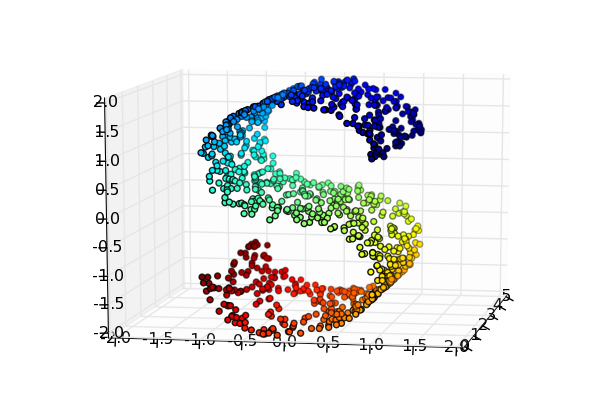We often hear that small data deserves at least as much attention in our analyses as big data. While there may be as many interpretations of that statement as there are definitions of big data, there are at least two situations where “small data” applications are worth considering. I will label these “Type A” and “Type B” situations.
In “Type A” situations, small data refers to having a razor-sharp focus on your business objectives, not on the volume of your data. If you can achieve those business objectives (and “answer the mail”) with small subsets of your data mountain, then do it, at once, without delay!
In “Type B” situations, I believe that “small” can be interpreted to mean that we are relaxing at least one of the 3 V’s of big data: Velocity, Variety, or Volume:
- If we focus on a localized time window within high-velocity streaming data (in order to mine frequent patterns, find anomalies, trigger alerts, or perform temporal behavioral analytics), then that is deriving value from “small data.”
- If we limit our analysis to a localized set of features (parameters) in our complex high-variety data collection (in order to find dominant segments of the population, or classes/subclasses of behavior, or the most significant explanatory variables, or the most highly informative variables), then that is deriving value from “small data.”
-
If we target our analysis on a tight localized subsample of entries in our high-volume data collection (in order to deliver one-to-one customer engagement, personalization, individual customer modeling, and high-precision target marketing, all of which still require use of the full complexity, variety, and high-dimensionality of the data), then that is deriving value from “small data.”
(continue reading here: https://www.mapr.com/blog/when-big-data-goes-local-small-data-gets-big-part-1)
Follow Kirk Borne on Twitter @KirkDBorne
 (Image source**: http://mdp-toolkit.sourceforge.net/examples/lle/lle.html)
(Image source**: http://mdp-toolkit.sourceforge.net/examples/lle/lle.html)
**Zito, T., Wilbert, N., Wiskott, L., Berkes, P. (2009). Modular toolkit for Data Processing (MDP): a Python data processing frame work, Front. Neuroinform. (2008) 2:8. doi:10.3389/neuro.11.008.2008

